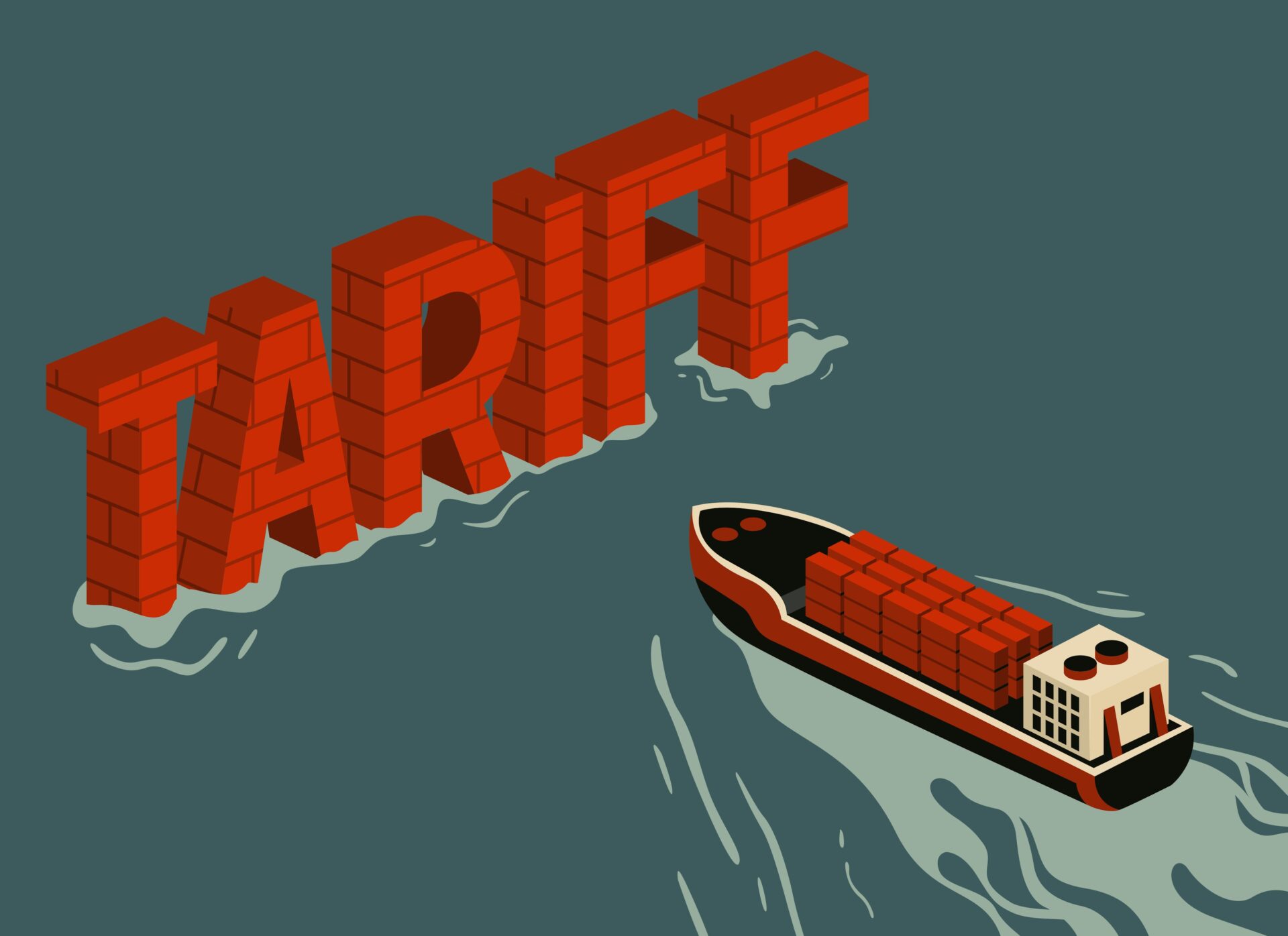In an acerbic escalation of the trade war, American President Donald Trump has slapped a 50% tariff on Indian imports, labelling India’s ongoing importation of Russian oil as a “national security threat”. The directive, legally definable as a law signed into operation on August 6, 2025, doubles the previous 25% tariff rate — one of the highest for any US trading nation.
This allegedly geopolitical decision of the Indian economy, actually an economic one, has profound meanings for the Indian and American economies — and perhaps overhauls the destiny of world trade blocs.
Why is India being targeted?
While other countries—China, Türkiye, and even EU members—continue to import Russian oil, India is conspicuous, particularly with its large discounted buys. India, the second-largest buyer of Russian crude, has rationalised its buys to supply fuel to 1.4 billion of its citizens.
But for Trump, India’s Russian oil purchase is economic—geopolitical. In his executive order, he referred to Russia’s ongoing aggression against Ukraine as an “extraordinary threat” and argued that buying oil from Moscow gives a direct subsidy to the war effort of Russia.
India’s Washington has seen its oil deals indirectly undermining U.S. pressure to push Russia to a ceasefire, making New Delhi an awkward speed bump in an already strained global standoff.
Economic impact on India
Economically, this hike in tariffs is a blow to Indian export houses. India itself had shipped out $87.3 billion worth of goods and services to America in 2024, ranging from drugs and IT services to machinery and clothing. With a tariff rate of 50%, all these goods and services would become non-competitive in the American market, jeopardising India’s trade surplus with the United States.
Here are some political news you should check out later:
- What happened to Howard Stern? Is he getting fired?
- Trump takes aim at banks over political debanking
- These are the products that China exports the most to the United States and that it intends to raise the price of in the…
- Trump revamps tariff plan with new executive order raising tariffs on multiple countries
- Who is Billy Long, the former congressman and auctioneer Trump chose as head of the IRS
- Why didn’t Putin and Xi Jinping go to Trump’s Inauguration Day as president of the United States?
Indian exporters have so much to worry about:
- Reduced demand as a result of higher prices in the US economy
- Interruption of supply chains, especially from the tech and high-value manufacturing industries
- Detriment to employment opportunities for export-based industries
The Indian Ministry of External Affairs labelled the action as “unfair and unjustified,” in that an action like this can lead India to reevaluate economic and strategic relationships.
What it does to the U.S. economy
While the tariffs are intended to punish India, they will harm U.S. businesses and consumers as well. There are some U.S. industries that rely on cheap Indian goods—most crucial among them being medicines, IT services, and clothes. A higher cost would:
- Raise consumer prices
- Accumulate shortages in supply chains
- Cause companies to switch to alternative suppliers or reverse-manufacture in the U.S. at higher cost
Additionally, US technology giants, which are heavily invested in India and comprise Apple, Google, and Microsoft, will see their business becoming increasingly complex with the risks of deteriorating diplomatic ties.
A diplomatic gamble with global ripples
This tariff increase is not just a trade action; it’s a diplomatic message. It is the one that speaks to the world that under Trump, America can weaponise tariffs as a way of exercising geopolitical will and power, especially when diplomacy failed. But such a policy isn’t cheap.
India, a geriatric U.S. ally in the Indo-Pacific and a regional counter to China, can now look to Beijing or Moscow. With Indian Prime Minister Narendra Modi set to make an unprecedented visit to China this month, observers say a strategic realignment is already under way.
The tariffs will be implemented 21 days after the announcement, providing the two countries with a short time frame to agree on a ceasefire. Trump signaled that he would be open to making a change to the tariffs — if India changes its energy policy or takes steps to bring India in line with American foreign policy goals.
So far, 50% tariff remains — a chilling reminder of the manner in which economic policymaking and geopolitics could no longer be insulated from each other in our era.
Surprising gesture: The 50% tariff against importing Indians
In an acerbic escalation of the trade war, American President Donald Trump has slapped a 50% tariff on Indian imports, labeling India’s ongoing importation of Russian oil as a “national security threat”. The directive, legally definable as a law signed into operation on August 6, 2025, doubles the previous 25% tariff rate — one of the highest for any US trading nation.
This allegedly geopolitical decision of the Indian economy, actually an economic one, has profound meanings for the Indian and American economies — and perhaps overhauls the destiny of world trade blocs.

